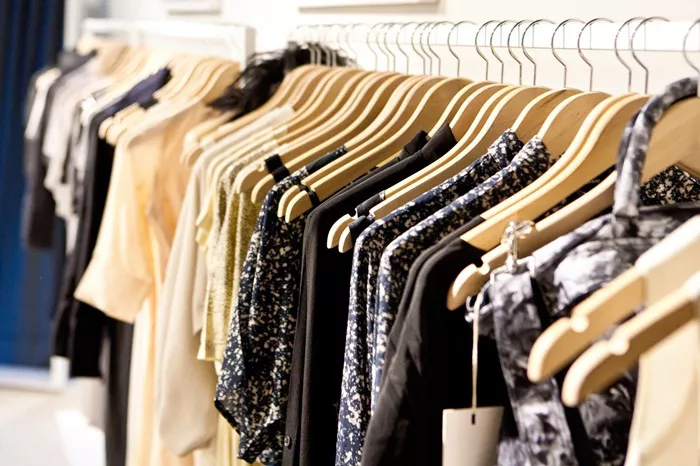In Donald Trump’s first 100 days back in the White House, he hired Elon Musk, carried out deportations, and declared himself a candidate to be the next pope. He dismantled diversity, equity, and inclusion efforts, defended his secretary of defense for leaking classified military attack plans, and renamed the Gulf of Mexico. And, of course, there are tariffs—tariffs on imports that, I paraphrase, are supposedly intended to bring back American manufacturing and create jobs.
On April 2, 73 days into his second term, the administration celebrated “Liberation Day,” when 25% import tariffs on Canada and Mexico took effect and reciprocal tariffs were announced on a range of U.S. trading partners. So, how’s it going? The latest news: The U.S. economy shrank by 0.3% in the first quarter of 2025, the first negative growth since 2022, according to preliminary data released by the U.S. Commerce Department on April 30.
Much has been said (and certainly written) about how these tariffs will affect the fashion industry, and for good reason. As we all know, the fashion industry relies on a global supply chain, and tariffs are more than just a line item in the government budget; they also drive up the cost of materials and finished goods, and push up retail prices to make up the difference. These tariffs have real-world consequences for the clothing brands Americans buy every day—especially the small, independent brands that have been on Americans’ radars for decades.
Most brands, big and small, outsource parts of their supply chains to other countries known for their craftsmanship, such as China, India, and Italy, where production costs are generally lower and quality is higher.
It’s also easier to scale without making huge investments in your own manufacturing infrastructure. Even brands that produce in the U.S. often source their materials elsewhere. So for America’s growing independent brands, tariffs have a significant financial impact, requiring strategic adjustments, operational restructuring, and some very difficult decisions. And that’s already happening.
“While we are based in the US and source our fabrics from US textile suppliers, they are imported from all over the world,” says Inga Beckham, co-owner and CFO of womenswear label Sergio Hudson.
Since launching the brand in 2016 to immediate acclaim, designer Sergio Hudson has built a reputation for sharpness with his namesake label’s core collections of monochromatic separates, corseted tailoring and sharp suits. Each collection is wearable and functional, yet pure luxury – both in production and, ultimately, in price.
“Most of our garments are lined with silk, which we know is sourced from Asia,” says Beckham. “We have seen some cost increases with our existing suppliers, and they cite tariffs as the main reason. That will inevitably lead to higher costs for the garments.”
I asked Beckham if the brand would – at any time – consider changing its supply chain, but it’s not a black-and-white question. The answer is not black-and-white either.
“We’re not switching manufacturers,” she said, “but we have to consider the possibility of sourcing fabrics from other countries or other suppliers.”
Elsewhere in the luxury industry, New York womenswear designer Tanya Taylor is grappling with the ongoing impact of the Trump administration’s tariffs and considering a number of strategies. These include “reverse sourcing of raw materials to reduce costs, diversifying our factory base to reduce our reliance on the hardest-hit countries, and increasing prices as prudently as possible,” she said.
Experts confirm there will be financial consequences for brands and consumers. The Yale Budget Lab estimates that tariffs will lead to a $3,800 increase in prices for the average household this year. A senior Federal Reserve official warned that inflation could also surge to 4.5% this year from the current 2.8%.
Even Amazon, which founder Jeff Bezos wooed Trump after his reelection, has not been immune; White House press secretary Carolyn Levitt recently slammed the big-box retailer after Punchbowl News reported that Amazon (which recently opened a store in partnership with Saks Fifth Avenue) would roll out tariff pricing, showing “how much Trump’s tariffs have added to the price of each product.”

